Tempo-iHepStellate™ Human iPSC-derived Hepatic Stellate Cells
Tempo-iKupffer™ Human iPSC-derived Kupffer Cells
Tempo-iLSEC™ Human iPSC-derived Liver Sinusoidal Endothelial Cells
Tempo-iHep3D™ Human iPSC-derived Hepatocytes
Tempo-iLSEC™
Human iPSC-derived Liver Sinusoidal Endothelial Cells
Liver sinusoidal endothelial cells (LSECs) are the most abundant non-parenchymal hepatic cell population. They are highly specialized liver endothelial cells that form a barrier to separate hepatocytes and hepatic stellate cells from contacting the blood. In additional to serving as a physical barrier, LSECs have critical physiological and immunological functions. Furthermore, LSECs regulate cell-to-cell crosstalk as chronic liver conditions advance, eventually leading to fibrosis and carcinogenesis.
Tempo-iLSEC™ are reprogrammed from human iPSCs, using integration-free induced pluripotent stem cell (iPSC) lines under a fully defined proprietary serum-free, virus-free, nucleic-acids-free, and integration-free conditions. They express the following biomarkers using RT/q-PCR and Immunocytochemistry (ICC) methods: LYVE1, MRC1, OIT3, FcGR2B, CLEC4M, KDR, PLPP3, STAB2, CLEC4G, F8, FABP4, FABP5, VWA1, vWF.
Tempo-iKupffer™
Human iPSC-derived Kupffer Cells
Kupffer cells are the resident macrophages in the human liver. Like Tempo-iPhago™ (macrophages are white blood cells that capture and kill microorganisms), Kupffer cells display innate immune functions protecting the liver from bacterial infections and serve as gatekeepers.
Tempo-iKupffer™ are reprogrammed from human iPSCs, using integration-free induced pluripotent stem cell (iPSC) lines under a fully defined proprietary serum-free, virus-free, nucleic-acids-free, and integration-free conditions. They express the following biomarkers using RT/q-PCR and Immunocytochemistry (ICC) methods: CD163, CD206, NR1H3, SpiC, CD68, S100AB.
Tempo-iHepStellate™
Human iPSC-derived Hepatic Stellate Cells
Hepatic stellate cells are responsible for the regulation of extracellular matrix proteins and vascular structure in the liver. They represent ~5-8% of the cells in the liver and function to maintain homeostasis in the microenvironment of the hepatic sinusoid. They play a critical role in the development of liver fibrosis. When chronic liver damage occurs, hepatic stellate cells are actively synthesizing extracellular matrix proteins such as collagen and other glycoproteins. The accumulation of the extracellular matrix proteins trigger hepatic fibrosis which can lead to cirrhosis.
Tempo-iHepStellate™ are reprogrammed from human iPSCs, using integration-free induced pluripotent stem cell (iPSC) lines under a fully defined proprietary serum-free, virus-free, nucleic-acids-free, and integration-free conditions. They express the following biomarkers using RT/q-PCR and Immunocytochemistry (ICC) methods: VIM, DES, ACTA-2, CYGB, PCDH7, NTF3, SYP, RBP1, LRAT, Lox, CDH1, NCAM, PDGFRB, (COL1A1 is positive, if co-culture includes Tempo-iHep3D™), and (PNPLA3 is positive, if co-cultured with Tempo-iHep3D™).
Tempo-iHep3D™
Human iPSC-derived Hepatocytes
One of the most widely used cell types in research, drug development, and toxicity testing is hepatocytes (liver cells). Existing liver models (for cell culture based systems) include primary human hepatocytes harvested from donors, immortalized cell lines (such as HepG2), and cells from rodent models. Each of these models suffers experimental limitations. For example, studies have shown that variabilities in hepatocyte functions are observed depending on genotype and environmental background of each donor. Immortalized cell lines are ubiquitously used in research, but they suffer a variety of functional deficiencies that are critical for evaluating metabolism and toxicity of drug candidates. Hence, iPSC-derived hepatocytes are developed to overcome deficiencies found in traditional methods and systems.
The liver is responsible for a wide range of function including detoxification and blood cholesterol regulation. Hepatocytes are liver parenchymal cells; they process and transform a variety of chemicals and determine if the chemicals are toxic to the human body. Drug Induced Liver Injury (DILI) is a major reason for the termination of promising drug development projects.
Tempo-iHep3D™ are reprogrammed from human iPSCs, using integration-free induced pluripotent stem cell (iPSC) lines under a fully defined proprietary serum-free, virus-free, nucleic-acids-free, and integration-free conditions. Tempo-iHep3D™ can be cultured as 2D/monolayer, 3D/spheroids, and multi-cell-type 3D liver organoids. As 3D structures, iHep3D™ can be used for long-term toxicity studies (>25 days in culture). They express the following biomarkers using RT/q-PCR and Immunocytochemistry methods: AFP, ALB, ASGR1, ASGR2, CYP7A1, CYP2D6, CYP2E1, CYP3A4, CYP2C9, CYP2C19, CYP1A2, BSEP, G6PC, CD36, SLC27A1, HNF4a, Sox17, (and PNPLA3, if co-cultured with Tempo-iHepStellate™).
Applications
Tempo-iHepStellate™, Tempo-iKupffer™, Tempo-iLSEC™, Tempo-iHep3D™ are intended for scientific research, drug discovery and therapeutics development use only. It is not a product for human testing or diagnostics.
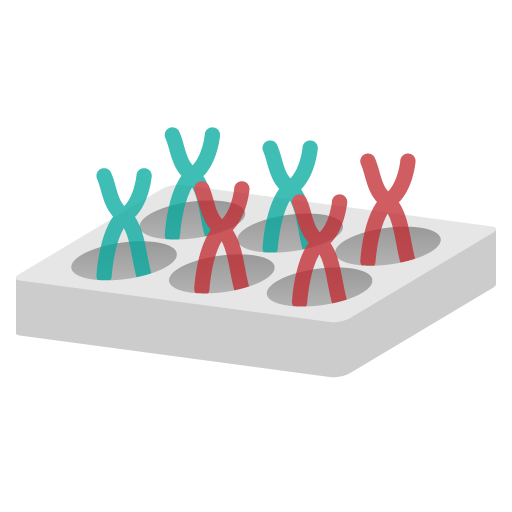
Phenotypic Assays

High Content Imaging
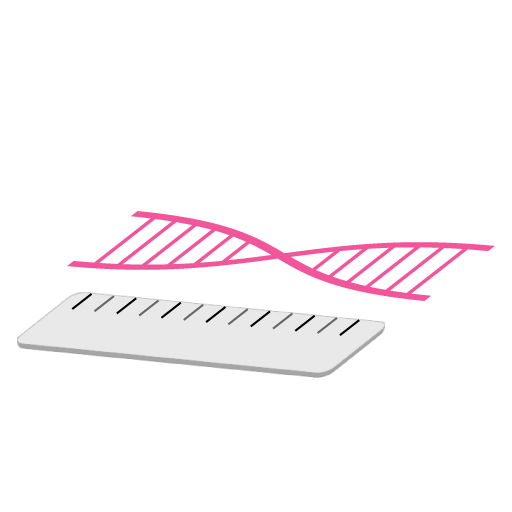
Biomarker Discovery
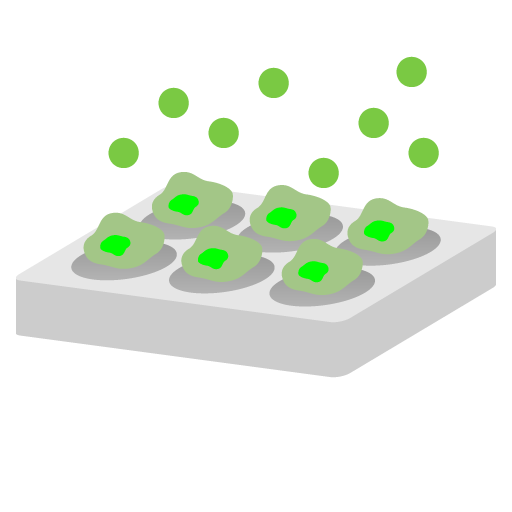
Cytotoxicity Assays
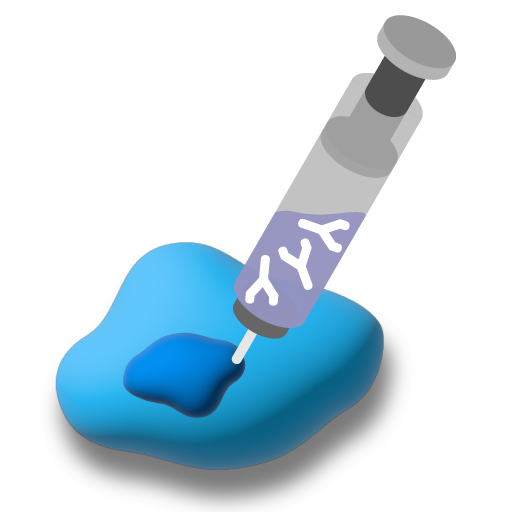
Target Validation
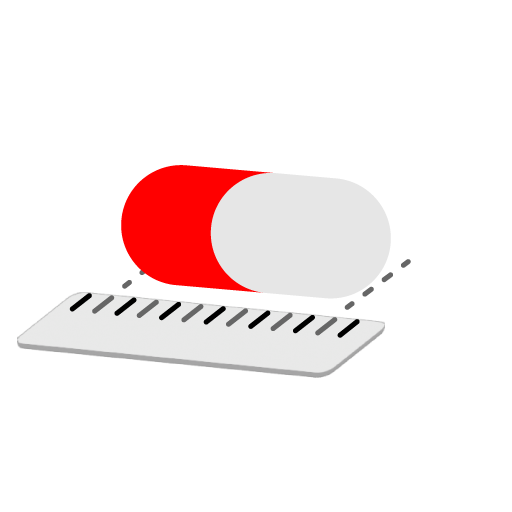
Lead Optimization

Investigative Toxicology

Nonclinical Efficacy Evalutions

Live-cell Imaging
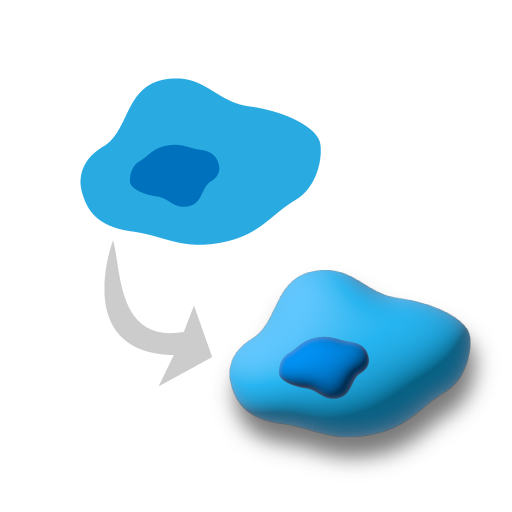
2D & 3D Cell Culture
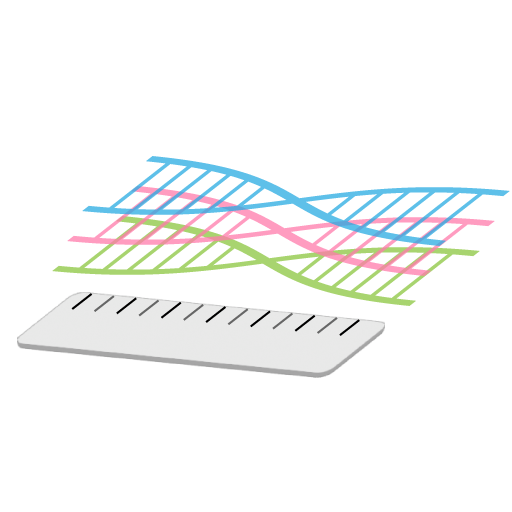
Biomarker Authentication
Tempo’s “Build an organoid” is easy to scale!
Ready in DAYS NOT WEEKS, and simplifies assay and data analysis.
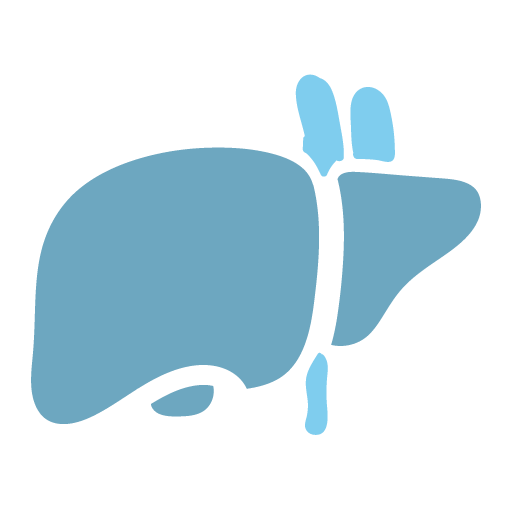
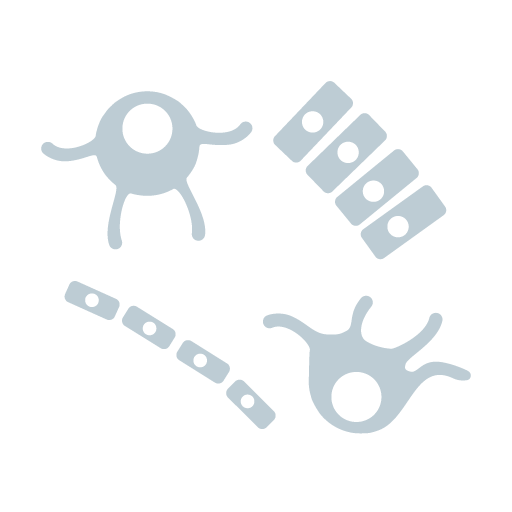
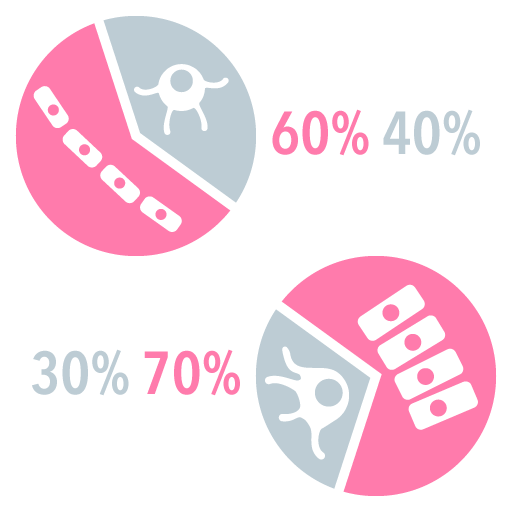
60%/40%, 30%/70%


Specifications
Technology used: an in-house developed proprietary feeder-free, serum-free, viral-free, nucleic-acids-vectors-free, integration-free reprogramming method.
Specifications: (cell type dependent) ~0.5×10^6 to ~1.0×10^6 cells per 1ml of freezing medium (cryovial)
Long-term Storage: liquid nitrogen
Growth Properties: 2D/monolayer cell culture technique; 3D/spheroid/organoid cell culture techniques
Storage: remove cryovials (dry ice packaging) and place the vial into liquid nitrogen for storage. Alternatively, thaw and use the cells immediately.
QC: Sterility, Safety (BioSafety Level 2), HIV/viruses, bacteria, fungi: negative. Cell viability post-thawing (>85%)
SKU1017 (Tempo-iHep3D™)
SKU1018 (Tempo-iHepStellate™)
SKU1020 (Tempo-iKupffer™)
SKU1019 (Tempo-iLSEC™)
